En este blog The Illustrated Garden, A Studio Blog (www.valwebb.com) hemos encontrado a la artista VAL WEBB, que ha sido elegida Derwent Pencils’ Feature Artist for 2012.
Realizará tutoriales de dibujo en el blog de lápices DERWENT, Love Pencils cada mes. Si estáis interesados en sus clases podéis registraros a través de su email Val Webb.
En estos tutoriales, enseñará a dibujar 6 plantas culinarias. Encontraréis la imformación en http://valwebb.wordpress.com/2012/10/03/new-online-course-draw-paint-six-culinary-herbs/
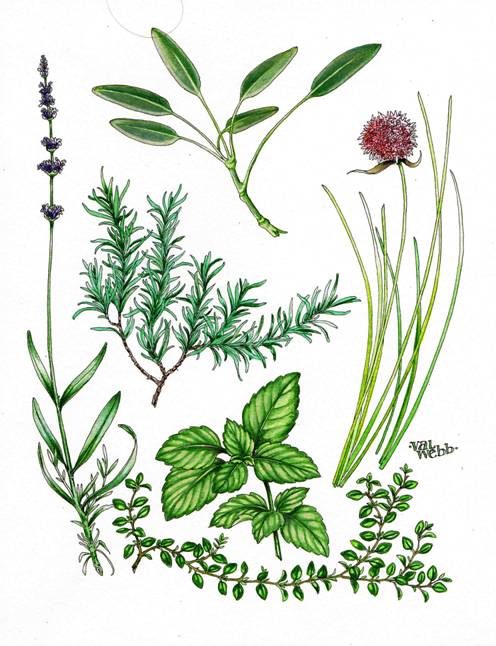 También podéis ver en su blog un tutotrial de Botanical Drawing with Pencil and Watercolor en el que dibuja una PETUNIA paso a paso y que hemos transcrito más abajo.
También podéis ver en su blog un tutotrial de Botanical Drawing with Pencil and Watercolor en el que dibuja una PETUNIA paso a paso y que hemos transcrito más abajo.
Os dejamos viendo el tutorial en el que además hay un link al vídeo que es estupendo.
http://www.youtube.com/watch?v=cYcIPi501es.)
Val Webb, artista naturalista
In our subtropical climate, most flowers grow better in the fall than during our oppressively hot summer months. An example? Petunias! I have several growing at the corners of the winter garden, blooming abundantly next to the broccoli and shallots. (Watch a step-by-step video of how to draw a petunia here:http://www.youtube.com/watch?v=cYcIPi501es.) Here’s a quick little lesson in capturing this distant relative of the tomato, potato and tobacco…
Start with a simple sketch in pencil…
Using transparent watercolor, cover the leaves, stems and sepals with a layer of the palest color you see on these structures. (Often this will be the yellowish color of the midvein, the large central vein down the center of each leaf.)
Now add a layer of deeper green, being careful not to cover up the pale veins or highlights. Put a first layer of color on the flower itself, leaving the lightest areas uncovered for now.
Wait again for everything to dry, then paint the darker areas of the leaves and stems. Add a deeper layer of color to the flower. Spend some time really looking closely at the landscape of your flower surface. Paint a pale layer of color on the flower’s lightest areas.
For a more graphic effect, you may want to add more pencil as a final touch. Crosshatching with lines (below) adds some drama, but simply shading darker areas with a soft lead pencil works well, too.

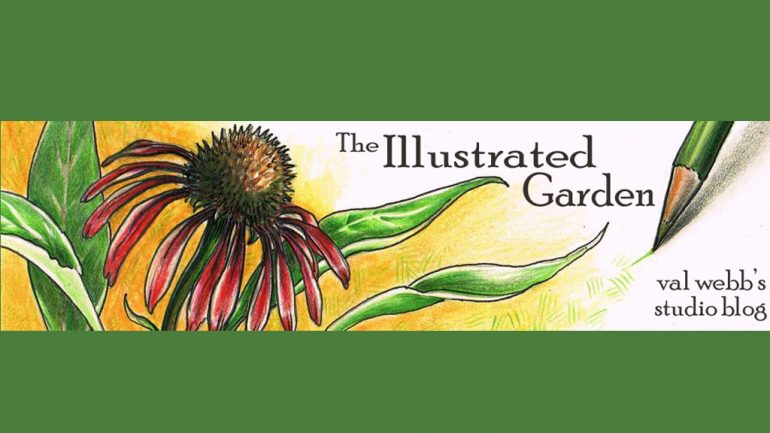
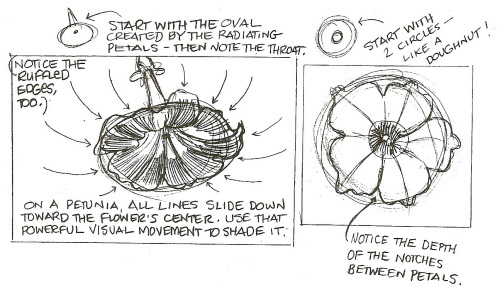

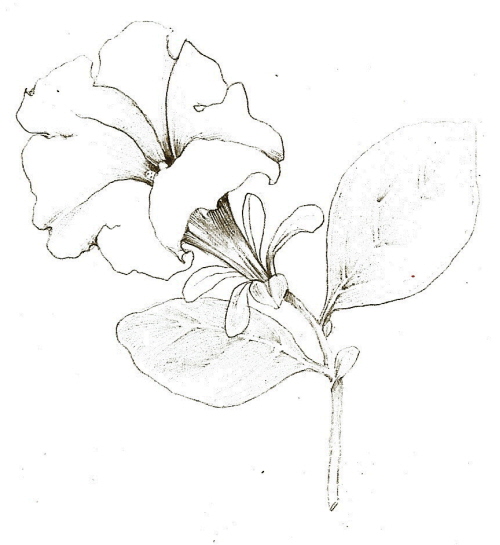


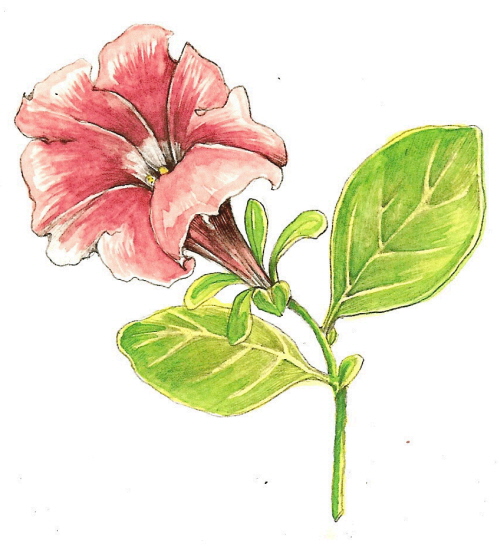
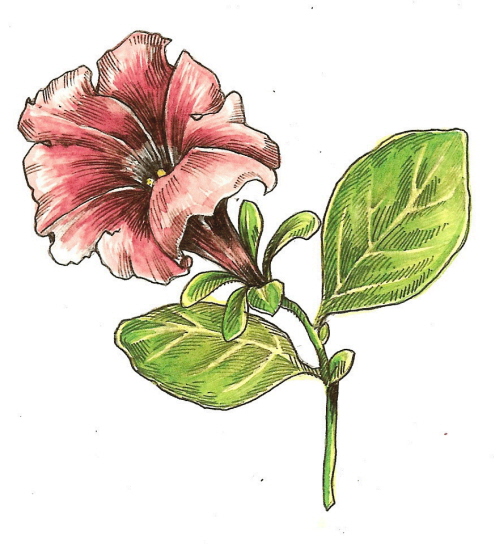
Deja un comentario